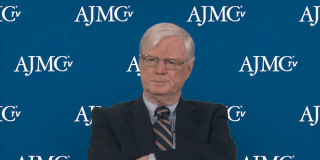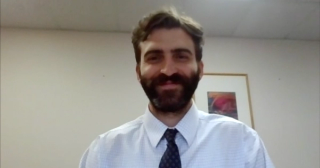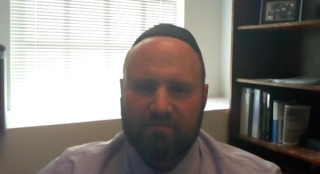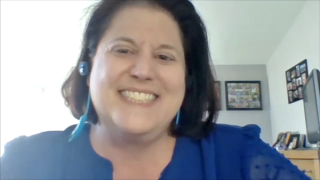
Sleep
Latest News
Latest Videos

CME Content
More News

Panelists at SLEEP 2023 presented preliminary data on how sleep interventions could close the gap in treating Black children and families in sleep health.
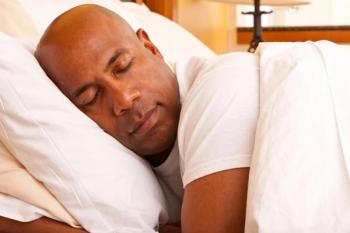
Posters presented at the SLEEP 2023 conference showed that transition between medications was easy but 1 medication felt more effective to patients.

Targeting insomnia with cognitive behavior therapy is almost like a frontline therapy, because by doing so, you’re able to improve a whole host of other symptoms that would coexist with insomnia, explained Sheila Garland, PhD, MSc, Memorial University in Newfoundland, Canada.
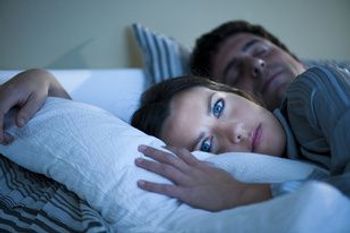
A panel at SLEEP 2023 discussed the ways that long COVID-19 has affected numerous areas of sleep health.

Research is finding that there is an intricate connection between sleep and inflammation, such that lack of sleep can increase inflammation, noted Andrew McHill, PhD, an assistant professor at Oregon Health and Science University.

Dayna Johnson, PhD, MPH, MSW, MS, the Rollins School of Public Health at Emory University, discusses principal findings from the analysis of a 35-day sleep intervention study that utilized a mobile mindfulness app to manage stress and anxiety combined with healthy sleep practices.
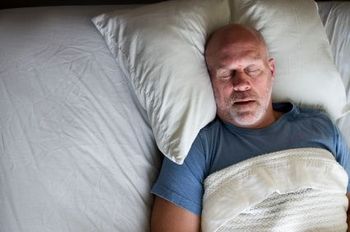
Posters presented at SLEEP 2023 estimated the prevalence of idiopathic hypersomnia as well as incidence of comorbidities.
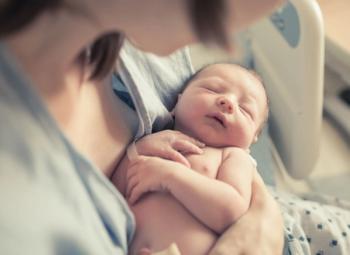
Presenters at SLEEP 2023 revealed research that linked childhood sleep patterns to weight in young children.
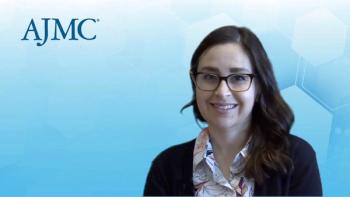
It’s important to consider the social context, the social ecology, and the family environment when investigating behavioral sleep problems among children and adults, noted Arielle Williamson, PhD, DBSM, Children's Hospital of Philadelphia and the University of Pennsylvania Perelman School of Medicine.
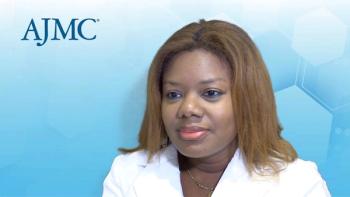
Judite Blanc, PhD, is lead author on the abstract, “Social Determinants of Sleep Disorders Among Multiethnic Americans in the NIH All of Us Research Program,” which was presented today at SLEEP 2023.

The SLEEP 2023 conference will be held in Indianapolis from June 3 to June 7 and promises to feature topics including sleep health disparities, hypersomnia, geriatric medicine, and new technologies.

In this preview interview for SLEEP 2023, Rebecca Spencer, PhD, chair of the Associated Professional Sleep Societies Program Committee, highlights how bringing patients and clinicians together can inspire new ideas in sleep medicine.
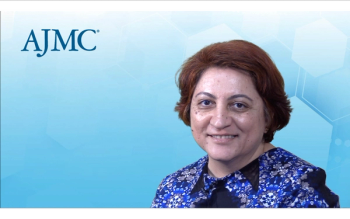
Chitra Lal, MD, D-ABSM, FCCP, FAASM, FACP, ATSF, professor of medicine at Medical University of South Carolina, says that the screening threshold for obstructive sleep apnea (OSA) should be low because 70% to 75% of patients with mild cognitive impairment have sleep apnea.
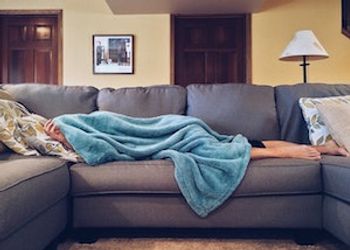
Despite the use of nocturnal noninvasive ventilation (NIV), patients report having poor quality of sleep, according to a recent study.
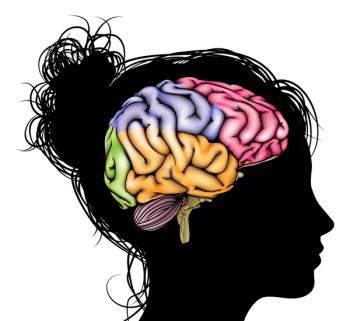
Arterial hypertension (AH) and obstructive sleep apnea (OSA) look to be risk factors in common neurocognitive disorder (NCD), but cognitive decline can be ameliorated by treating these factors.
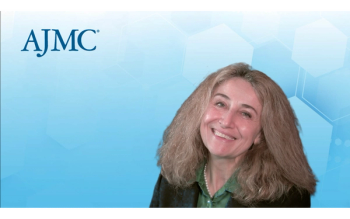
Milena Pavlova, MD, neurologist, and medical director of the sleep testing center at Brigham and Women’s Faulkner hospital, says that sleep apnea is more common in men until after women experience menopause.

Long-term tele-messaging was more effective than no messaging and short-term messaging for positive airway pressure use, and it was highly likely to be cost-effective with an acceptable willingness-to-pay threshold.
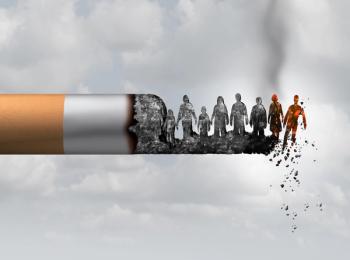
Although obesity and male sex serve as the main risk factors for obstructive sleep apnea, study results have also shown smoking increases the risk of the condition.
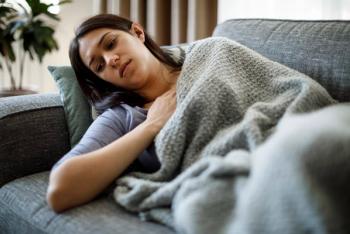
A recent study observed that poor sleep quality and having very little or a lot of sleep were associated with greater likelihood of having had COVID-19 in the past, while poor sleep quality was linked with an increased requirement of hospitalization for severe COVID-19.
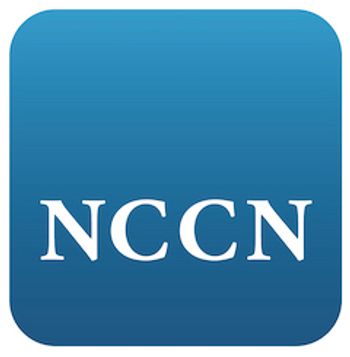
The April 2 plenary session at the National Comprehensive Cancer Network (NCCN) 2023 Annual Conference, entitled, “Sleep Disorders, Fatigue, and Cognitive Function in Cancer Survivors" reviewed guidelines for handling symptoms that are increasingly common as the survivorship ranks grow.
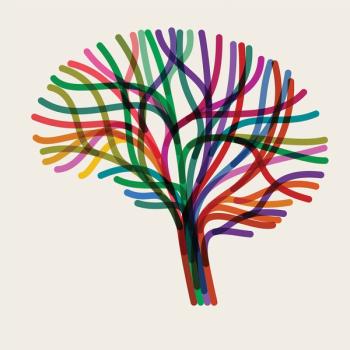
A study from the United Kingdom observed that the processes that contribute to obstructive sleep apnea might contribute to early cognitive decline in otherwise healthy individuals.
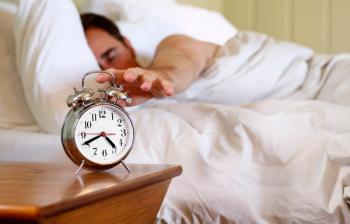
Symptoms of sleep disturbance are associated with an increased risk of stroke and might indicate higher individual risk or be representative of independent risk factors.
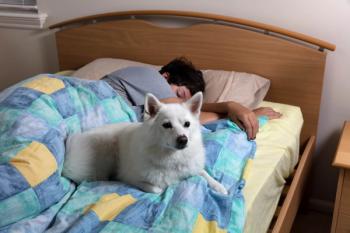
Anne Marie Morse, DO, a pediatric neurologist and sleep medicine specialist at Geisinger Medical Center, talked about the challenges that adolescents with narcolepsy face in their social relationships.

A study conducted in China found that participants who used a smartphone application had improved insomnia severity compared with those who received sleep education.

Recognizing markers like atonia index during wakefulness (WAI) that are not present in other hypersomnias might help in the diagnosis of narcolepsy.





